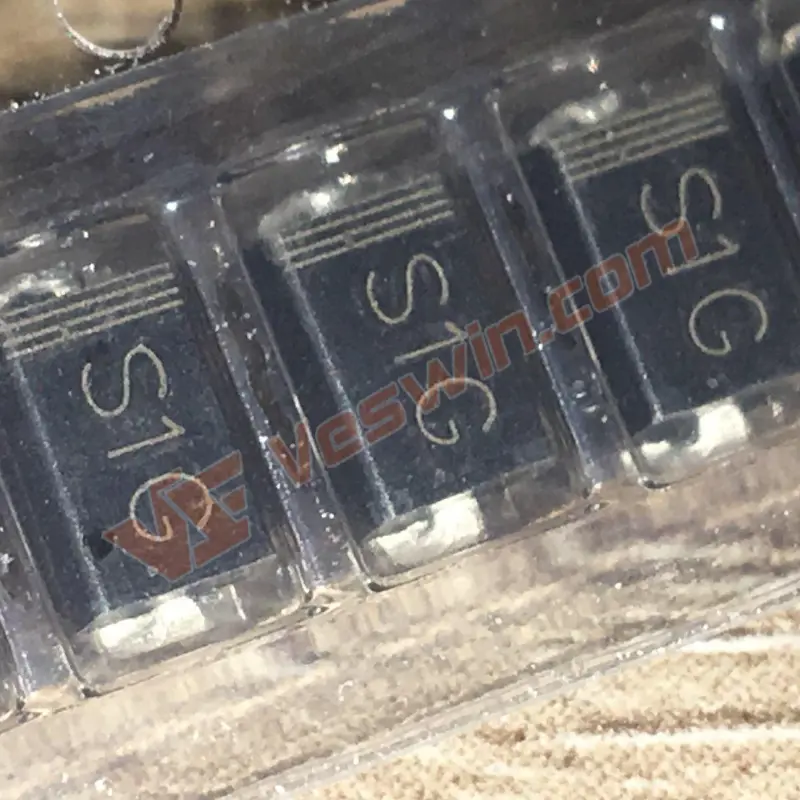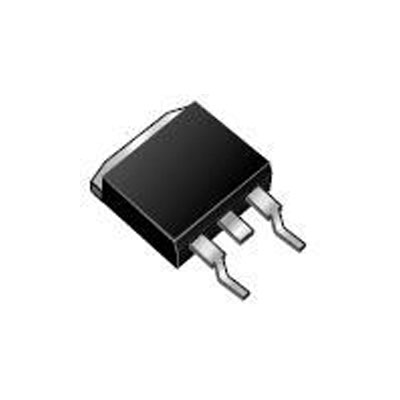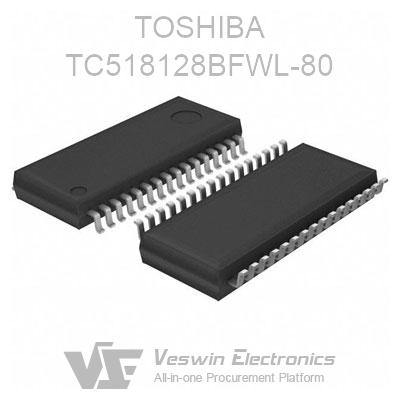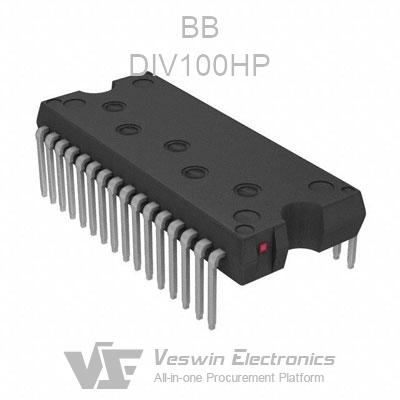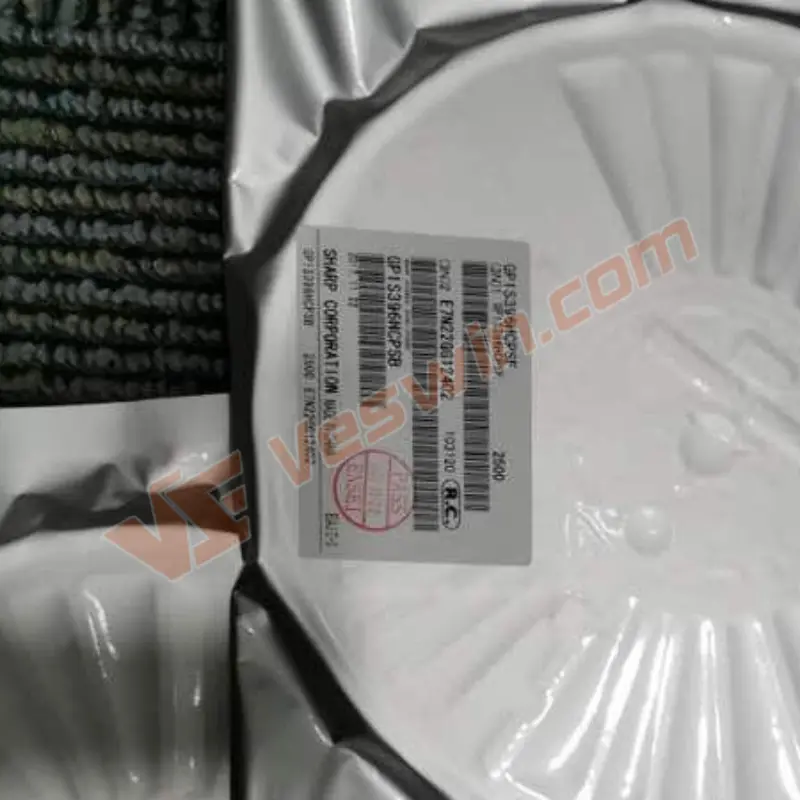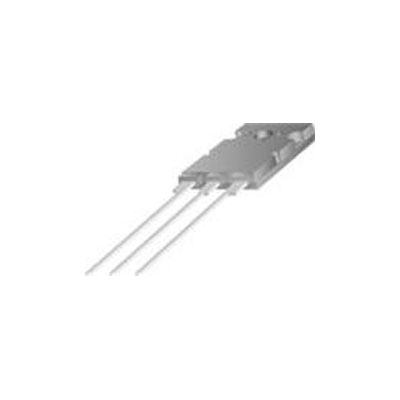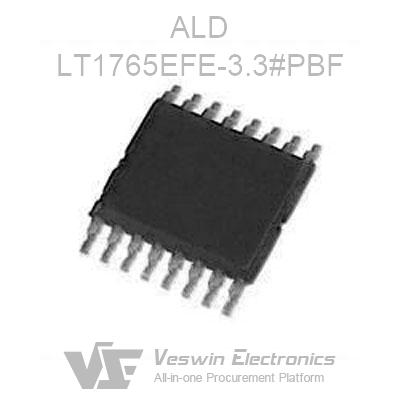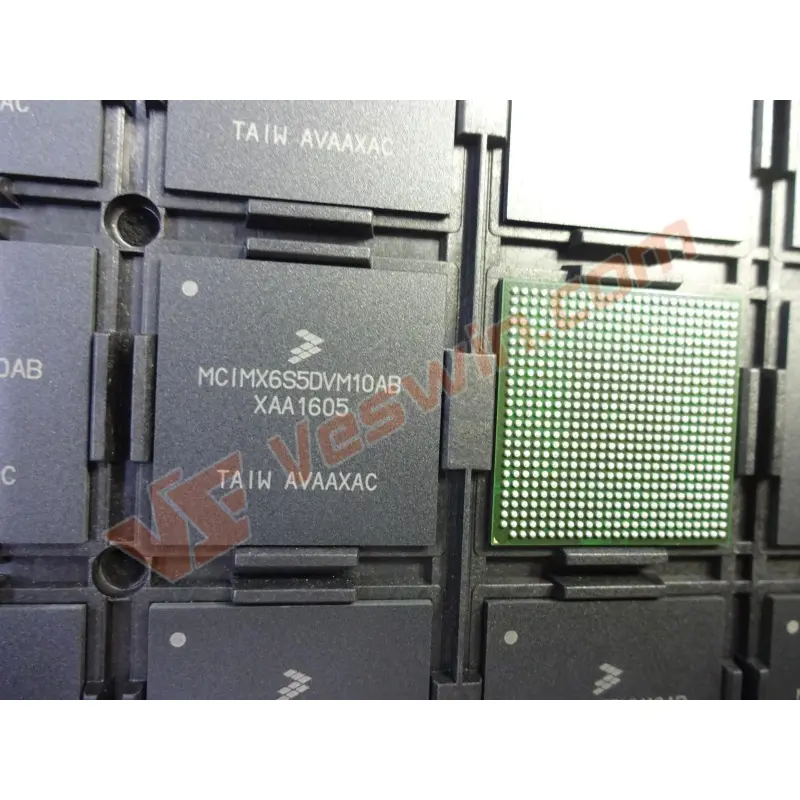Infrared technology is widely used in daily life and industry, and has a variety of uses. In addition to everyday TV remote controls, infrared sensors also play an important role in industry. Its main advantages include low power consumption, simple design and convenient functions.
Infrared signals are imperceptible to human eyes, so they have unique value in the fields of information transmission and detection. In the electromagnetic spectrum, infrared radiation lies between visible light and microwaves, with wavelengths ranging from 0.7 microns to 1000 microns. The infrared spectrum is further divided into near-infrared, mid-infrared, and far-infrared regions, each with specific applications.
An infrared sensor is a device that emits a signal to sense the environment. It can measure the heat of objects and detect motion. There is a class of sensors known as passive infrared sensors, which only measure infrared radiation, not emit it. In the infrared spectrum, all objects emit invisible heat radiation that can be detected by infrared sensors. The emitter in the sensor is a light emitting diode (IR LED), and the detector is a photodiode (IR photodiode), which is sensitive to the infrared light emitted by the emitter. When infrared light shines on the photodiode, the resistance and output voltage change in proportion to the intensity of the received infrared light.
VCC: This is the power supply pin. It should be connected to the positive voltage source (usually 3.3V or 5V) of your circuit.
GND: This pin is the ground or common reference point for the sensor. It should be connected to the ground of your circuit.
OUT: The output pin provides a digital signal that indicates whether the sensor has detected infrared radiation. The output is typically HIGH (logic level 1) when the sensor detects IR radiation and LOW (logic level 0) when there is no IR radiation detected.
Operating Voltage: 3.3 - 5.0V
Current Consumption: <10mA
Detection Range: 10 - 80cm
Output Type: Digital
Output Voltage HIGH:3.3 - 5.0V
Output Voltage LOW:0V
Response Time: <10ms
Operating Temperature: -20 to 60 °C
Viewing Angle: 30 degrees
Dimensions: 15 x 10 x 8mm
Sensing Method: Passive Infrared (PIR)
Modulation Frequency: 38kHz
Passive Infrared (PIR) Sensors
PIR sensors detect changes in infrared radiation emitted by or reflected off objects. They are commonly used in motion detection applications, such as security systems and automatic lighting. PIR sensors do not emit IR radiation themselves but instead detect changes in the background IR radiation.
Active Infrared (AIR) Sensors
These sensors emit their own infrared radiation and measure the reflection or absorption of this radiation to detect the presence or movement of objects. They are used in applications like distance measurement, object detection, and line-following robots.
Infrared Temperature Sensors
Also known as IR thermometers or pyrometers, these sensors measure the temperature of an object by detecting the infrared radiation it emits. They are often used in industrial settings to measure temperatures of objects that are difficult to reach or in motion.
Infrared Proximity Sensors
These sensors detect the presence or absence of an object within a certain range without physical contact. They are used in applications such as touchless switches, obstacle detection in robotics, and mobile devices' proximity sensors.
Infrared Gas Sensors
These sensors are used to detect the presence of specific gases based on their absorption of infrared radiation at characteristic wavelengths. They find applications in gas leak detection, environmental monitoring, and industrial safety.
Infrared Imaging Sensors (Thermal Cameras)
These sensors capture infrared radiation emitted by objects and generate images based on their temperature variations. Thermal cameras are used in various fields, including firefighting, industrial inspection, and medical imaging.
Infrared Photodiodes and Phototransistors
These are basic components used to detect and convert IR light into electrical signals. They are often used in remote controls, light barriers, and optical communication systems.
Infrared Array Sensors
These sensors consist of an array of individual IR sensors in a grid pattern. They are used to create detailed thermal images and are commonly found in advanced thermal imaging applications.
Infrared Reflective Sensors
These sensors emit IR light and measure the amount of light that is reflected back. They are often used in applications such as line-following robots, edge detection, and reflective object detection.
Infrared Receivers and Transmitters
These are components commonly found in remote controls and communication systems. IR receivers pick up modulated IR signals, while IR transmitters emit these signals for communication purposes.
Motion Detection and Security Systems
Passive Infrared (PIR) sensors are commonly used in security systems to detect human or animal movement. They trigger alarms or lights when motion is detected, making them useful for home security and commercial surveillance systems.
Temperature Measurement
Infrared temperature sensors are used for non-contact temperature measurements in industrial processes, medical diagnostics, and food safety. They can measure the temperature of objects without physical contact, making them suitable for hazardous or hard-to-reach environments.
Proximity Sensing
IR proximity sensors are used to detect the presence or absence of objects within a certain range without any physical contact. They find applications in devices like smartphones (for proximity sensing during calls), touchless faucets, and automatic doors.
Object Detection and Sorting
Active infrared sensors can be used to detect the presence or absence of objects on conveyor belts, facilitating automatic sorting and packaging processes in industries like manufacturing and logistics.
Gas Sensing
Infrared gas sensors can detect specific gases based on their absorption of infrared radiation at characteristic wavelengths. These sensors are used in gas leak detection, air quality monitoring, and environmental sensing.
Thermal Imaging
Infrared cameras and thermal imaging sensors capture the heat signatures of objects to create visual representations of temperature variations. This technology is used in building inspections, electrical diagnostics, and search and rescue operations.
Automotive Applications
Infrared sensors are used in automotive systems such as rain sensors (to detect rain on windshields), collision avoidance systems, blind-spot detection, and adaptive cruise control.
Medical Imaging
Infrared sensors are used in medical applications for imaging and diagnostics, such as in infrared cameras used to visualize blood flow patterns and temperature differences in tissues.
Remote Controls
Infrared remote control systems are widely used to wirelessly control electronic devices like TVs, air conditioners, and home entertainment systems.
Robotics and Automation
IR sensors are used in robotics for navigation, obstacle detection, and line-following. They help robots navigate and interact with their environment autonomously.
Energy Efficiency
IR sensors are used in smart buildings to adjust lighting and temperature based on occupancy levels, leading to energy savings.
Agriculture
IR sensors can monitor crop health and irrigation needs by measuring temperature and reflectance characteristics of plants.
Fire Detection
IR sensors can be used in fire detection systems to sense abnormal increases in temperature or the presence of flames.
Military and Defense
Infrared technology is used for night vision goggles, thermal imaging devices, and target tracking systems.
Infrared sensors work similarly to object detection sensors. The sensor consists of an infrared LED and an infrared photodiode, which form an optocoupler. The laws of physics include plank radiation, Stefan-Boltzmann and Weiss shifts.
IR LEDs emit infrared radiation that looks like normal LEDs, but emits radiation that is invisible to the human eye. An infrared receiver detects radiation using an infrared emitter, using an infrared photodiode. Infrared photodiodes only detect infrared radiation. There are different types of infrared receivers depending on voltage, wavelength, and packaging.
When combining a transmitter and receiver, the receiver wavelength must be equal to the transmitter wavelength. The transmitter is an IR LED and the receiver is an IR photodiode. An infrared photodiode responds to infrared light generated by an IR LED. The change in photodiode resistance and output voltage is proportional to the intensity of the infrared light. This is the basic working principle of infrared sensors.
When the IR emitter emits light and shines it on an object, some of the light is reflected back to the IR receiver. Based on the intensity of the reflected light, the sensor output is determined by an infrared receiver.
Hot News
